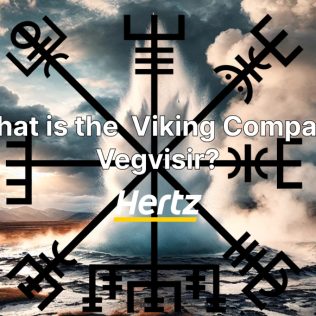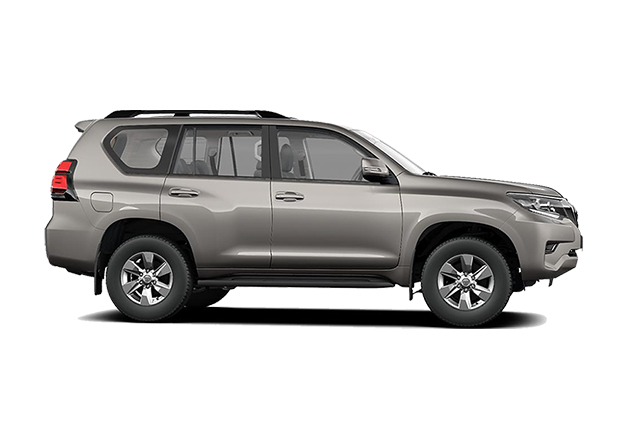Norse Compass Vegvisir is a captivating magical symbol from Norse culture, known for guiding Viking explorers through unfamiliar surroundings and harsh weather.
Discover the fascinating history and cultural significance of this powerful symbol that continues to resonate in modern times.
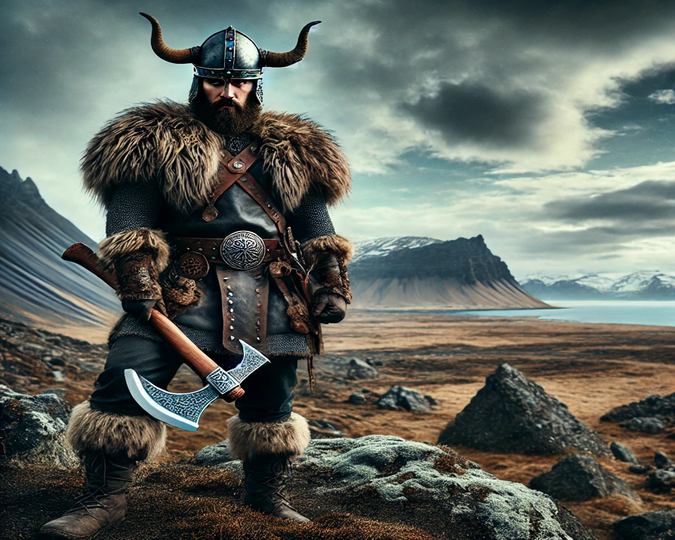
What is the Viking Compass? Where is this comes from?
The Vegvisir, often referred to as the Viking Compass or runic compass, is an Icelandic magical stave believed to guide the bearer through rough weather and unfamiliar surroundings.
What does vegvisir mean?
The word “Vegvisir” is a compound of two Icelandic words: “vegur,” meaning way or road, and “vísir,” meaning pointer or guide, translating to “wayfinder” or “signpost”.
Despite its association with Viking mythology, there is no direct evidence that the Vegvisir was used during the Viking Age (793–1066 AD). Instead, the symbol first appeared in the Huld Manuscript, a collection of Icelandic spells and symbols compiled by Geir Vigfusson in 1860 .
This manuscript suggests that the Vegvisir would help the bearer not lose their way in storms or bad weather, even if the destination was unknown.
The symbol’s connection to the Vikings likely stems from Iceland’s rich Norse heritage and the cultural resurgence of Viking symbols in the 19th century. While it’s not an authentic Viking artifact, its design and purpose resonate with the navigational challenges faced by seafaring Norsemen.
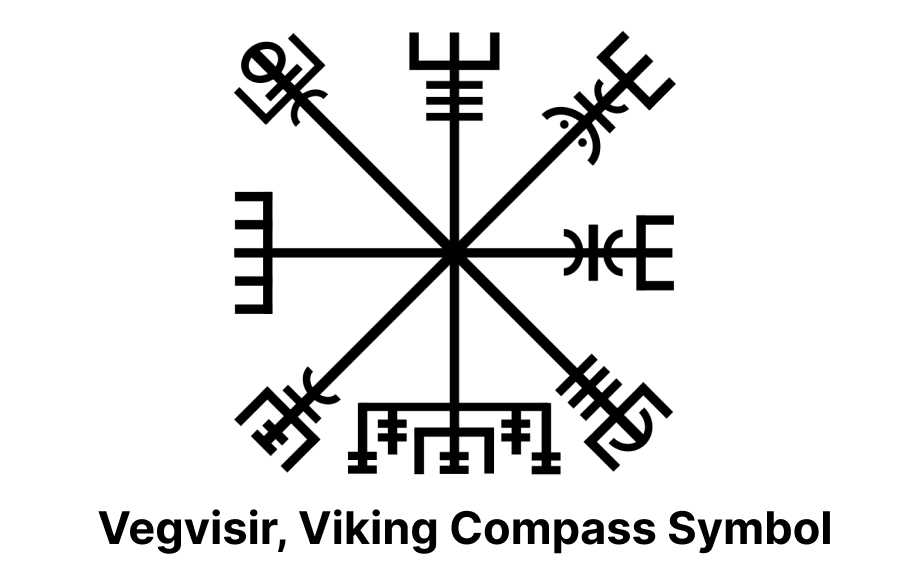
The Meaning Behind Vegvisir
The Vegvisir is believed to provide guidance and protection, making sure that one who carries this sign will not lose their way, even in adverse conditions like storms and bad weather. This protective quality ties it closely to the Norse culture of exploration and survival in harsh environments.
In essence, the Vegvisir serves as a symbolic compass, embodying the hopes of safe travels and the ability to find one’s way, which was crucial for the Vikings and their descendants who braved the seas. Its magical properties are linked to Icelandic folklore and the enduring influence of Norse mythology in the region.
By understanding the origins and meanings of the Vegvisir, we gain deeper insight into how Icelandic magical staves and Norse culture continue to shape and inspire modern interpretations of these ancient symbols.
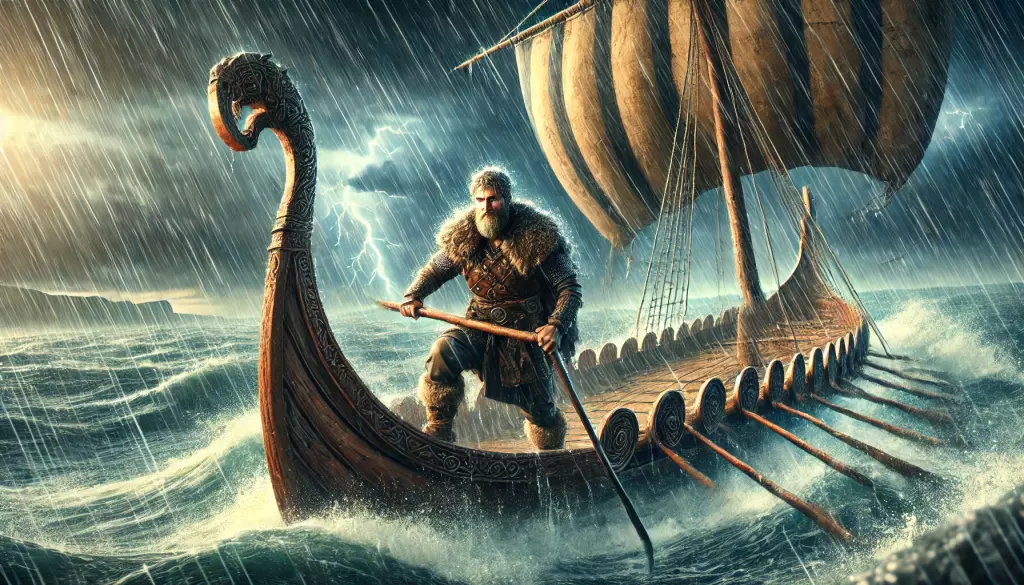
The Symbolism and Uses of the viking compass
Protection in Unfamiliar Surroundings
The sybol is believed to provide guidance and protection, especially in unfamiliar surroundings. This symbol, made up of eight rune staves, is thought to help its bearer navigate through rough weather and prevent getting lost. The Huld Manuscript, a 19th-century Icelandic collection of magical symbols, mentions that the Vegvisir would ensure the wearer does not lose their way in storms or bad weather, even without knowing their destination
Guidance Through Storms and Bad Weather
The Vegvisir’s primary use was to guide and protect those on journeys, particularly in harsh weather conditions. According to the Huld Manuscript and the Galdrabók, another Icelandic grimoire, the symbol should be drawn on one’s forehead to invoke its protective properties. This ritual was believed to help travelers find their way back home safely, emphasizing its role as a navigational aid.
In Viking mythology, the Vegvisir was associated with safe passage and stability. While there is no concrete evidence that Vikings used the Vegvisir during their voyages, its symbolic representation as a wayfinder and protector aligns with their need for reliable navigation tools. This association might also stem from the Vikings’ known use of the sunstone, a navigational tool that helped them determine the sun’s position on cloudy days, although the Vegvisir itself appeared much later.
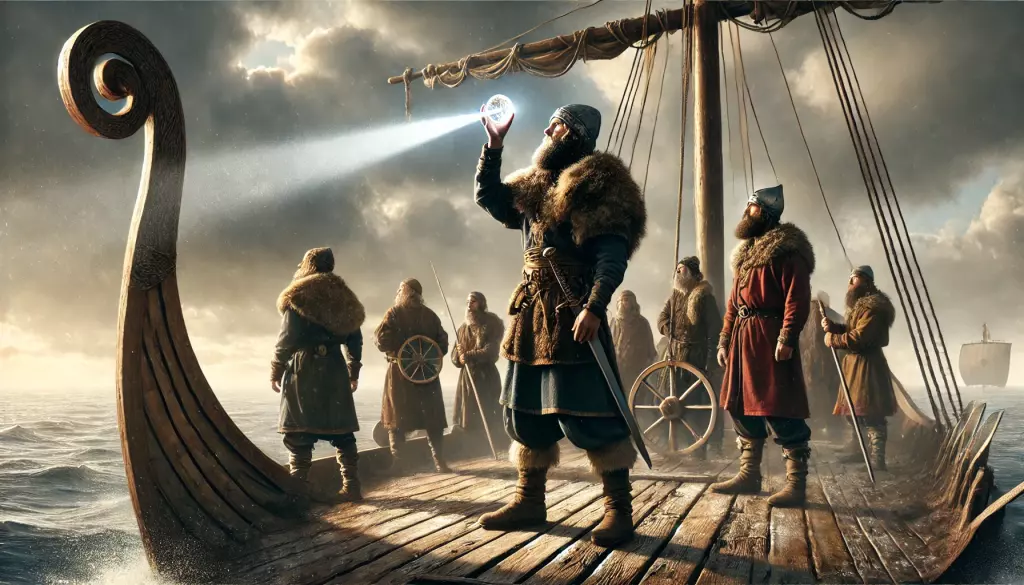
The Cultural Significance of Vegvisir in Iceland
Icelandic staves, known as “galdrastafir,” are magical symbols deeply rooted in Icelandic folklore and mythology. These symbols were believed to hold various powers, such as protection, luck, and guidance. One of the most famous staves is the Vegvisir, or the Viking Compass, which was thought to help its bearer navigate through rough weather and unfamiliar surroundings. Other notable staves include the Ægishjálmur (Helm of Awe) for protection and inducing fear in enemies, and the Veldismagn, which grants protection and good health to the wearer.
These staves often appeared in grimoires, or books of magic, which were used to record spells and magical symbols. These texts became particularly popular between the 17th and 19th centuries, and many of the staves recorded in them reflect the practical concerns of everyday Icelanders, such as ensuring a good catch while fishing, warding off thieves, or even attracting love.
The Legacy of Geir Vigfusson and the Huld Manuscript
Geir Vigfusson, an Icelandic scholar, played a significant role in preserving the knowledge of these magical staves through his work on the Huld Manuscript. Compiled in 1860, the Huld Manuscript is a key source for many Icelandic magical symbols, including the Vegvisir. This manuscript gathered various symbols and spells, reflecting a blend of Christian and pagan influences that were common in Icelandic folk magic at the time
The Huld Manuscript describes the Vegvisir as a symbol that ensures the bearer will not get lost in storms or bad weather, even if they do not know their destination. This description highlights the Vegvisir’s role as a wayfinder and protector, cementing its place in Icelandic cultural heritage. Geir Vigfusson’s efforts in compiling and preserving these symbols have provided invaluable insights into Icelandic magical practices and their significance in daily life.
The enduring legacy of these staves, particularly the Vegvisir, continues to influence modern Icelandic culture. They are frequently used in jewelry, tattoos, and other decorative items, symbolizing a connection to Iceland’s mystical past and its rich cultural heritage.
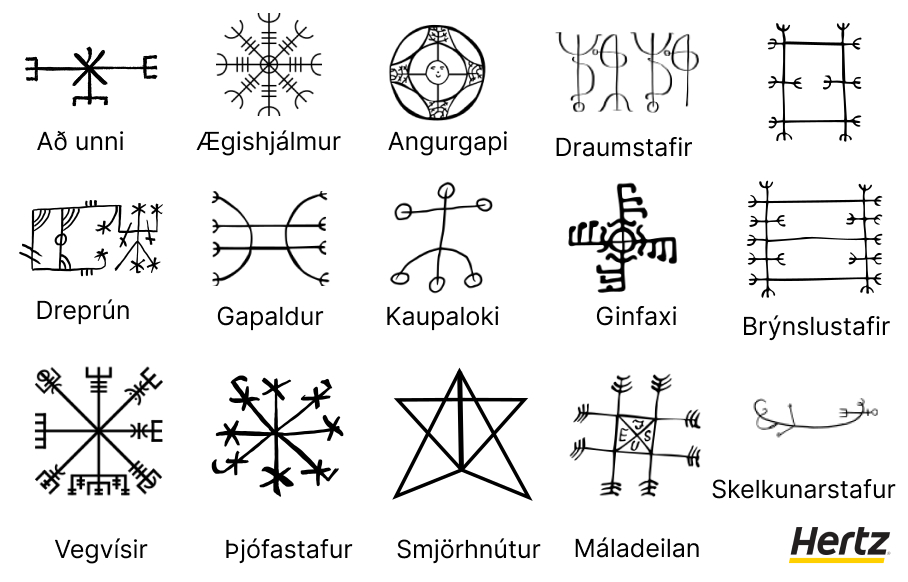
Vegvisir in Modern Times
In recent years, there has been a significant resurgence of interest in Norse mythology and symbols, a phenomenon often referred to as the “Viking Revival.”
This cultural revival spans various elements, from fashion and design to literature, film, and historical reenactment. The Vegvisir, or Viking Compass, has become a prominent symbol embraced by contemporary culture.
This revival is evident in the popularity of Nordic-inspired clothing, jewelry, and tattoos. Items like Viking-style tunics, faux fur accents, and leather accessories have become trendy.
Jewelry featuring the Vegvisir, along with other Viking symbols like Thor’s hammer (Mjölnir), is highly sought after. Viking-inspired beard and hairstyle trends are also part of this cultural resurgence.
Literature and art exploring Norse mythology have seen a surge, with numerous historical fiction novels, graphic novels, and artworks bringing Viking tales to life. Television series like “Vikings” and “The Last Kingdom” have garnered dedicated followings, offering dramatized but often historically inspired portrayals of Viking culture.
Additionally, festivals and events that recreate Viking life through crafts, battle reenactments, and historical camps have become increasingly popular.
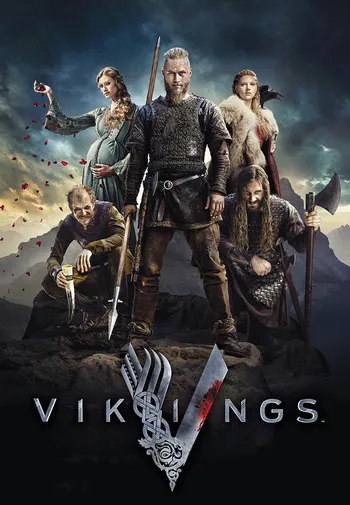
Vegvisir as a Symbol of Personal Guidance
The Vegvisir has also taken on a deeply personal significance in modern times. Many people wear or display it as a symbol of guidance and protection. It serves as a reminder to stay true to one’s path, make wise choices, and seek direction in life’s journey. This modern interpretation aligns with the Vegvisir’s historical role as a wayfinder, ensuring the bearer does not get lost in storms or bad weather.
In contemporary culture, the Vegvisir is prominently featured in tattoos and jewelry. Tattoo enthusiasts often choose the Vegvisir for its aesthetic appeal and deep symbolic resonance. For some, it represents a connection to Norse heritage, while for others, it symbolizes personal guidance and protection. Jewelry pieces, such as pendants and rings, often incorporate the Vegvisir, blending its ancient design with modern craftsmanship .
Stories abound of individuals who carry the Vegvisir for its perceived protective qualities. Some see it as a talisman that provides comfort and security, helping them navigate through life’s challenges. Whether through tattoos, jewelry, or other forms of personal expression, the Vegvisir continues to inspire and guide those who embrace its rich symbolism .
This enduring appeal underscores the Vegvisir’s transformation from an ancient symbol to a modern emblem of personal and spiritual guidance, illustrating its timeless relevance and the ongoing fascination with Norse mythology and Viking culture.
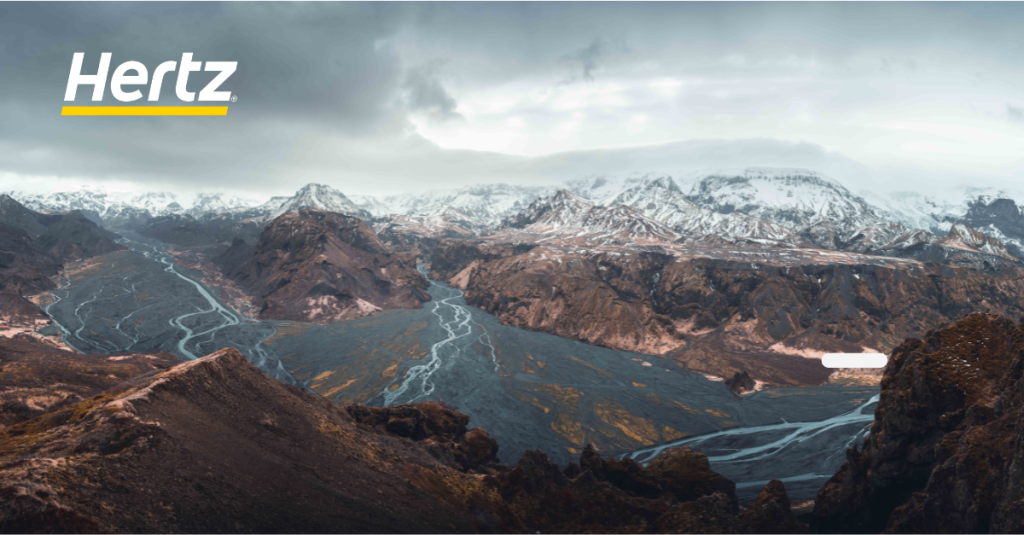
Exploring Iceland with Hertz
Hertz Iceland has been a trusted partner for travelers exploring the breathtaking landscapes of Iceland for over half a century. Since our inception, we have committed ourselves to providing reliable and convenient transportation options to ensure our customers can safely navigate Iceland’s rugged terrain and stunning scenery.
Our extensive experience in the car rental industry means we understand the unique needs of those traveling in Iceland, from the bustling streets of Reykjavik to the remote highlands and everything in between.
With a focus on customer satisfaction, Hertz Iceland offers a wide range of vehicles to suit any traveler’s needs. Whether you’re looking for a compact car for city driving or a robust 4×4 for F-road adventures, we have the perfect vehicle for your journey. Check out our vehicle guide to explore the options available and find the best fit for your Icelandic adventure.
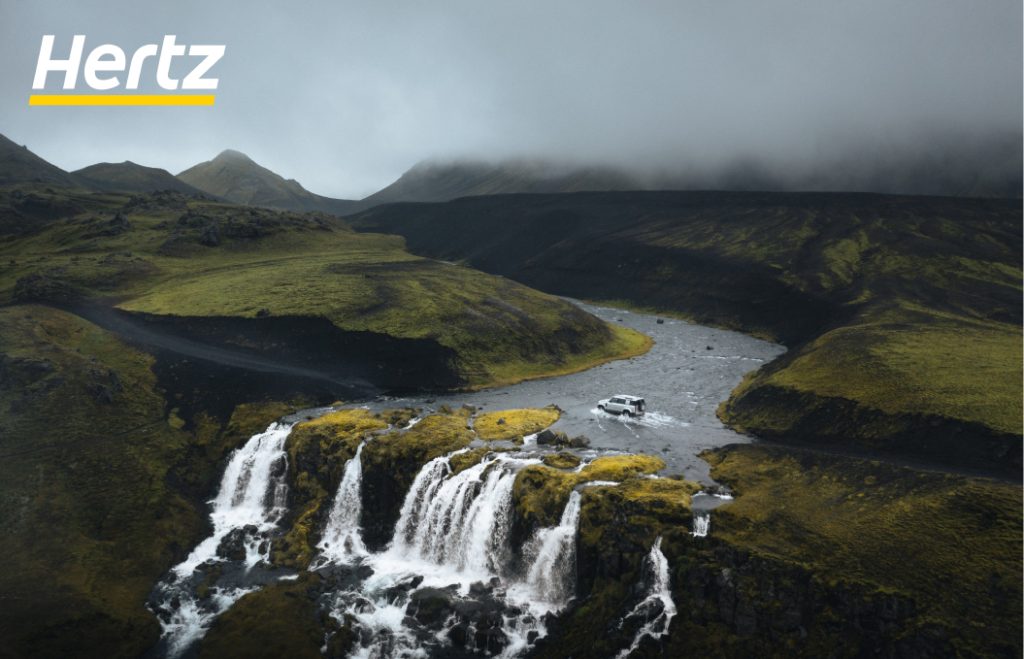
Discovering Iceland’s Rich Heritage on your pace
Iceland is a country rich in history and folklore, with many sites related to Norse mythology and Icelandic magic. As you explore this fascinating land, we recommend visiting several key locations that offer a glimpse into Iceland’s mystical past and cultural heritage.
- Þingvellir National Park: This UNESCO World Heritage site is not only the birthplace of the Icelandic parliament but also steeped in Norse mythology. It is said to be the meeting place of the Norse gods and home to the Silfra fissure, where you can dive between the tectonic plates of North America and Eurasia.
- Snæfellsjökull National Park: Known for its stunning glacier-capped volcano, Snæfellsjökull is also famous for its connection to Norse sagas and Jules Verne’s “Journey to the Center of the Earth.” The area is believed to hold magical powers and is a must-visit for those interested in Icelandic folklore.
- Reykholt: Visit the historical site of Reykholt, home to Snorri Sturluson, one of Iceland’s most famous poets and historians. His work on the Prose Edda is a cornerstone of Norse mythology, and the site offers a fascinating glimpse into Iceland’s literary history.
- The Westfjords: This remote region is perfect for those looking to explore Iceland’s untamed beauty and rich folklore. The Westfjords are home to countless tales of elves, trolls, and other mythical creatures. Don’t miss the Museum of Icelandic Sorcery and Witchcraft in Hólmavík, where you can learn about the magical staves and spells of Iceland’s past.
- Gullfoss and Geysir: Part of the famous Golden Circle, these natural wonders are not only spectacular sights but also deeply rooted in Icelandic mythology. The Geysir geothermal area is the origin of the word “geyser,” and Gullfoss waterfall is a testament to the power and beauty of Iceland’s natural landscape.
Exploring these sites will give you a deeper appreciation for Iceland’s rich cultural heritage and its connection to Norse mythology and magic. Whether you’re tracing the footsteps of ancient Vikings or simply marveling at the natural beauty, Hertz Iceland is here to help you make the most of your journey.
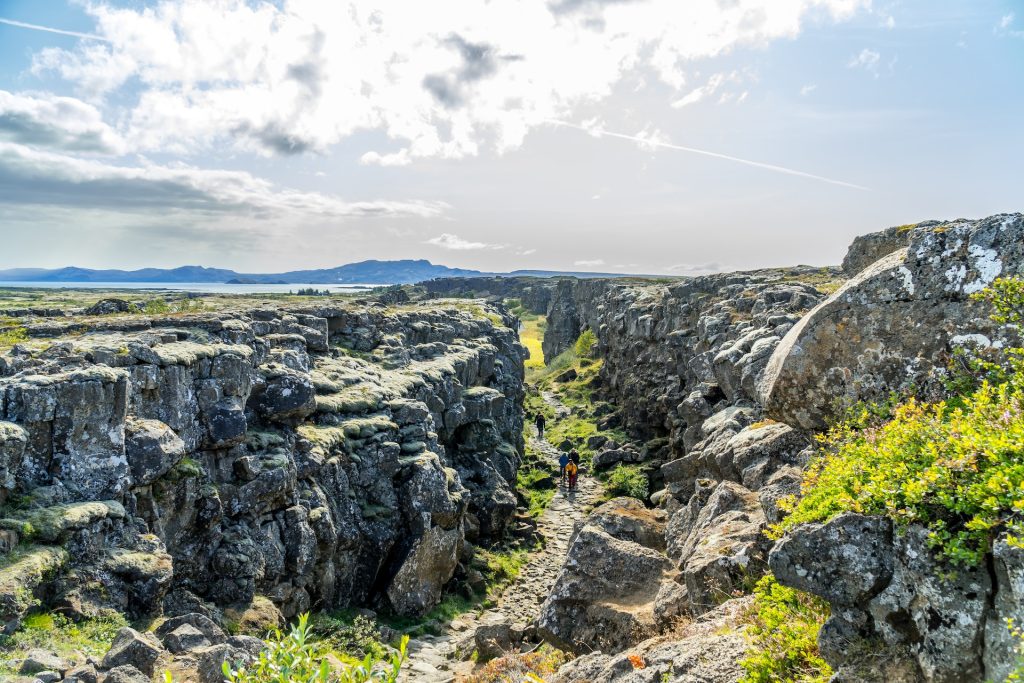
The Vegvisir transcends its status as a mere ancient symbol, representing the profound legacy of Norse traditions and Icelandic enchantment. At Hertz Iceland, we cherish this heritage and are eager to help you experience the marvels of Iceland. As you traverse unknown terrains or seek assurance during your travels, the Vegvisir stands as a steadfast emblem of direction and security.
